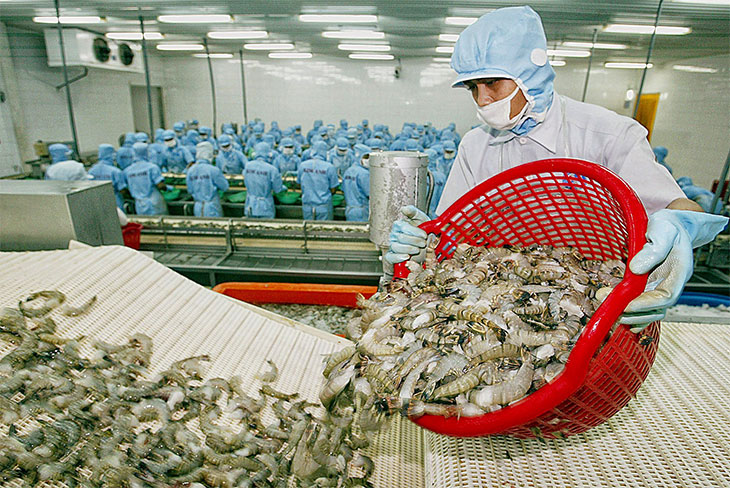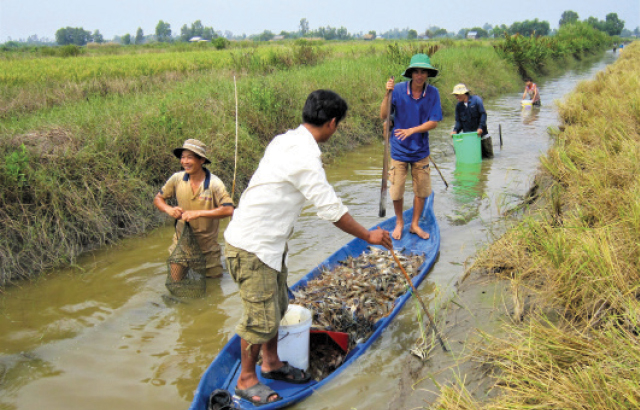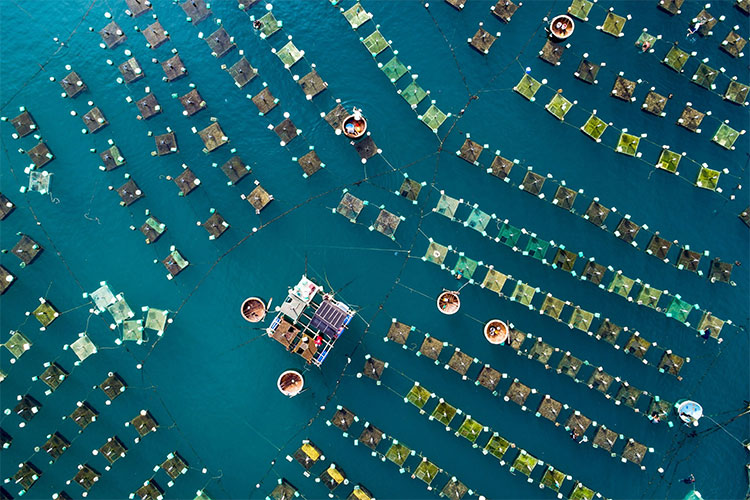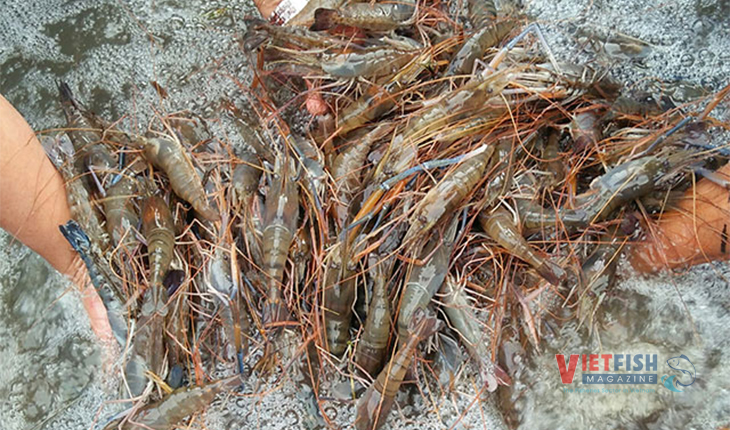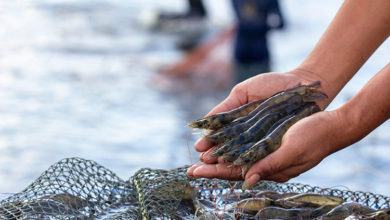Ben Tre: Eel farming model yields high profits
Huynh Van Binh, born in 1976, lives in Xom Go hamlet, Tan Thanh Tay commune, and teaches Biology at Nguyen Van Banh Secondary School in Nhuan Phu Tan (Mo Cay Bac). He has achieved notable success with his eel farming model, using plastic and tarpaulin-lined tanks for breeding and growing eels. This approach has proven to be highly profitable for Binh.
In 2002, Binh, who was teaching while also farming pythons to boost his family income, switched to eel farming at the end of 2014. In recent years, his eel farming operation has brought in over 110 million VND per month. Reflecting on his journey, Binh said, “In 2002, I farmed pythons with registration from the provincial forestry department. Over time, realizing the profits from pythons were not high, I began researching eel farming. I started with 10 eels and fed them with duck and chicken entrails, eventually breeding them into parent eels. These eels laid eggs which I hatched manually, producing eel larvae and then juvenile eels for both breeding and meat. After nearly two years of trial and error, I finally succeeded. Currently, I sell about 100,000 juvenile eels per month to customers in the North and Central regions, and around 500 kg of eel meat to customers in the South, yielding a profit of over 110 million VND per month. I am expanding by adding 200 m² of tanks to increase juvenile eel production to approximately 200,000 eels per month.”
According to Binh, brackish water is ideal for eel farming, with a pH level between 6.5 and 8 being optimal. In his breeding tanks, he maintains a rotating stock of 6,000 parent eels, weighing around 1 ton in total. “I transfer parent eels weighing over 300 grams each to the meat tanks (with an average selling price of 120,000 VND/kg). For breeding eels, the water temperature should be between 23 and 27°C. I collect the eel eggs and incubate them in a machine with a hatching rate of 80-95%. The larvae, or ‘eel fries,’ are 16-33 mm long after 144 hours. These fries are raised for 60 days to become juvenile eels, approximately 8 cm long, selling for 2,000-3,000 VND each for either further growth or breeding. During the growth phase, I use nylon strips (0.6-1 cm wide and about 4 cm long) as shelters for the eels. The feed for juvenile eels consists of small pellets, with 50 grams of feed required per 50,000 fries per day. Feeding must be done regularly and the amount gradually increased. For eel meat, select juvenile eels that are uniform in size, healthy, with bright coloring and the characteristic yellow of eels. A density of about 45 eels per square meter is ideal. Before starting, juvenile eels should be bathed in a 2-3 ‰ saline solution for 1-2 minutes. Any sick or weak eels should be removed immediately,” Binh advised.
In Binh’s opinion, it’s important to change the water completely every day and clean the tanks to stimulate eel feeding. Replace 100% of the water before or after feeding, once or twice a day. For high-density farming, water should be changed twice daily; for lower density, once a day. Eels reach market size of 150-250 grams after 8-10 months.
Nguyen Tan Huynh, Chairman of the Tan Thanh Tay Farmers’ Association, expressed enthusiasm: “Binh is now a member of the Mo Cay Bac District Millionaire Farmers Club. In Tan Thanh Tay commune, 13 households have successfully adopted his eel farming model, each earning over 7 million VND per month from eel sales. Binh also provides technical guidance and product support for local farmers.”
VFM


